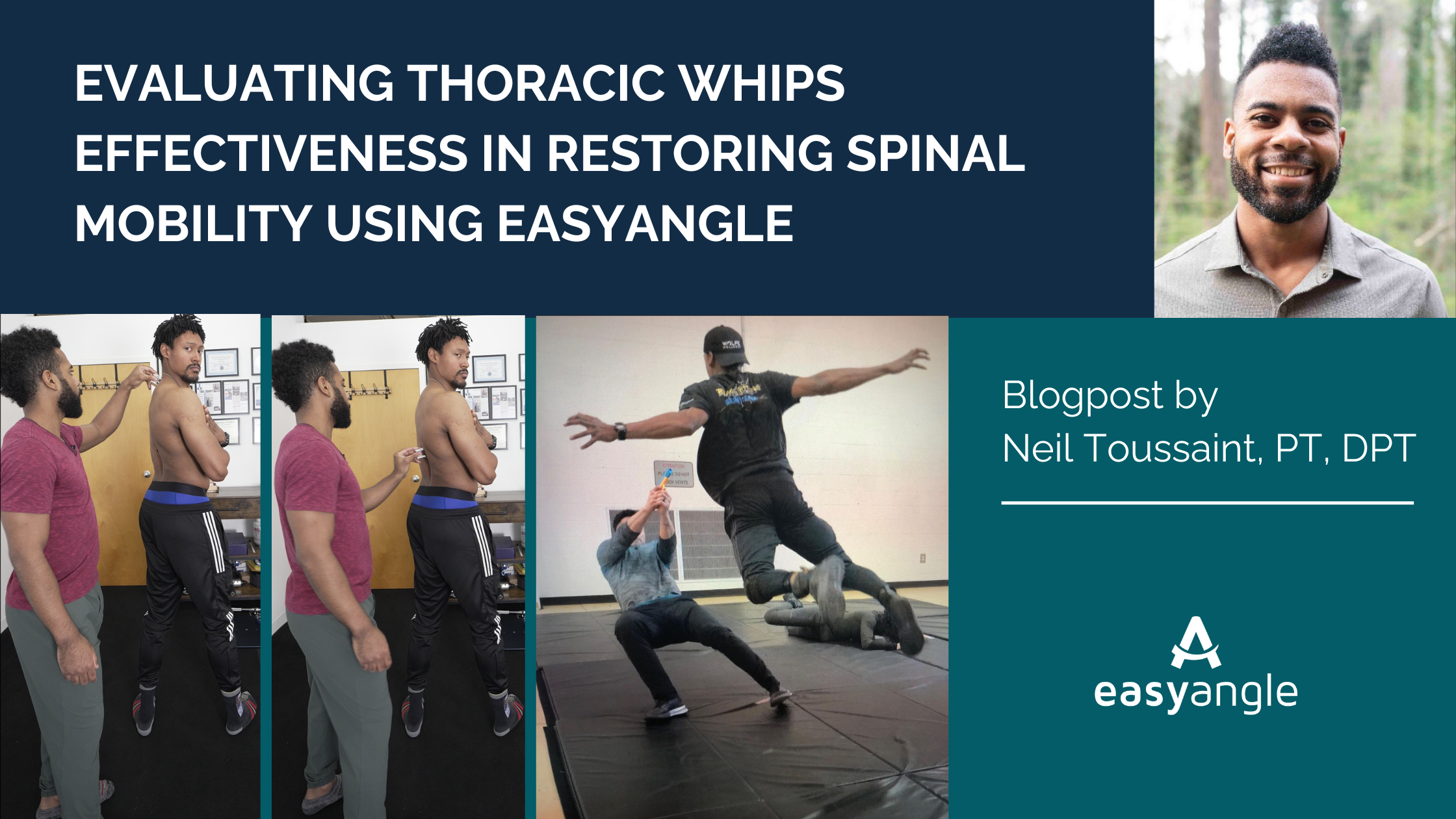Understanding the Relationship Between Pain and Muscle Weakness: A Case Study
- , by Marko Dombi
- 4 min reading time

Have you ever wondered why you feel weaker after sustaining an injury? It's not just the physical damage to your tissues. Your neurological system actually reduces muscle force in response to pain, as a protective mechanism to prevent further harm.
In this blog post, we will explore a case study involving Malik, a tricking athlete who experienced knee pain after landing an acrobatic skill on concrete. During this case study, Malik was in-season performing for the NBA’s Atlanta Hawks. As such, our treatment was focused on getting him pain-free and functional as quickly as possible. We will discuss how pain and instability can affect strength and share the results of Malik's tests using the Meloq EasyForce. Furthermore, we will delve into the treatment approach that led to an increase in his strength and reduced pain levels.
Let's dive in!

Malik's Knee Pain and Instability
Malik sought my assistance due to persistent knee pain and instability, especially during single leg takeoffs and landings. The mechanism of injury was a twisting motion of his trail (right) leg upon landing a double corkscrew during rehearsal (fig 1). His right knee went inward and he immediately felt pain on the outside of his knee. That day, he was able to complete a modified performance with 7/10 pain.
On our first visit, we conducted orthopedic tests to determine the structural integrity of his right knee. Structures tested that were of highest concern included his ACL, PCL, MCL, LCL, medial and lateral meniscus. The tests concluded that his ACL, PCL, MCL, LCL and medial meniscus were healthy and pain-free. When testing his lateral meniscus however, we were able to reproduce his pain. His pre-treatment pain levels were at a 5/10. We determined that physical therapy interventions were indicated to alleviate pain and improve function. We also concluded that instability and pain were major factors contributing to Malik's reduced strength.
We then established pre-treatment measurements of his knee and hip strength using the Meloq EasyForce. The results revealed a significant disparity in his strength levels between his left (uninvolved) and right (involved) sides (fig 2). Here are the findings:

Pretest Results (Peak Force, L to R comparison):
Quadriceps: 118/67.8 = 57.4% strength compared to L side
Hamstrings: 65.4/45.8 = 70% strength compared to L side
Hip Abduction: 37.6/26.2 = 69.6% strength compared to L side
Treatment Approach
To address Malik's condition, we implemented a combination of manual therapy techniques, including dry needling, scraping, trigger point release, and cupping. These techniques focused on the quadriceps, TFL and soft tissue structures around the patella and tibiofemoral joint line. The aim was to alleviate pain and restore muscle function. Following the therapy, we retested Malik's knee and hip strength, which demonstrated a significant increase compared to his previous baseline (fig 3). We observed that as his pain diminished, his physical output improved.

Left pre-treatment to Right post-treatment comparison:
Quadriceps: 118/99.2 = 84% strength compared to L side
Hamstrings: 65.4/54.6 = 82.5% strength compared to L side
Hip Abduction: 37.6/36.2 = 96.3% strength compared to L side
The above results were achieved after the manual therapy intervention alone, suggesting that the increased strength output was largely due to reduced pain and inhibition. Afterwards, we incorporated a comprehensive rehabilitation plan consisting of strengthening exercises, stability training, and plyometric exercises (fig 4). With reduced pain, Malik would be able to engage in these exercises more effectively, ultimately enhancing his overall output with his rehab.

Conclusion
Pain and instability can significantly impact muscle strength following an injury. In Malik's case, we observed a clear connection between pain reduction and improved strength. Through targeted manual therapy techniques and a comprehensive rehabilitation plan, we were able to enhance Malik's muscle output and decrease his pain levels. This case study emphasizes the importance of addressing pain and instability to promote optimal recovery and performance. Stay tuned for future updates on Malik's progress!
See the Case Study Video on Instagram
About the Author

Neil Toussaint, PT, DPT, cert DN is a Doctor of Physical Therapy, tricking athlete, stuntman and owner of TrickStrong, LLC. TrickStrong helps athletes and artists get back to doing what they love, optimizing their health, performance and longevity along the way. Dr. Toussaint is currently based in Atlanta, Georgia. Learn more at trickstrong.com and Instagram.com/trickstrong



